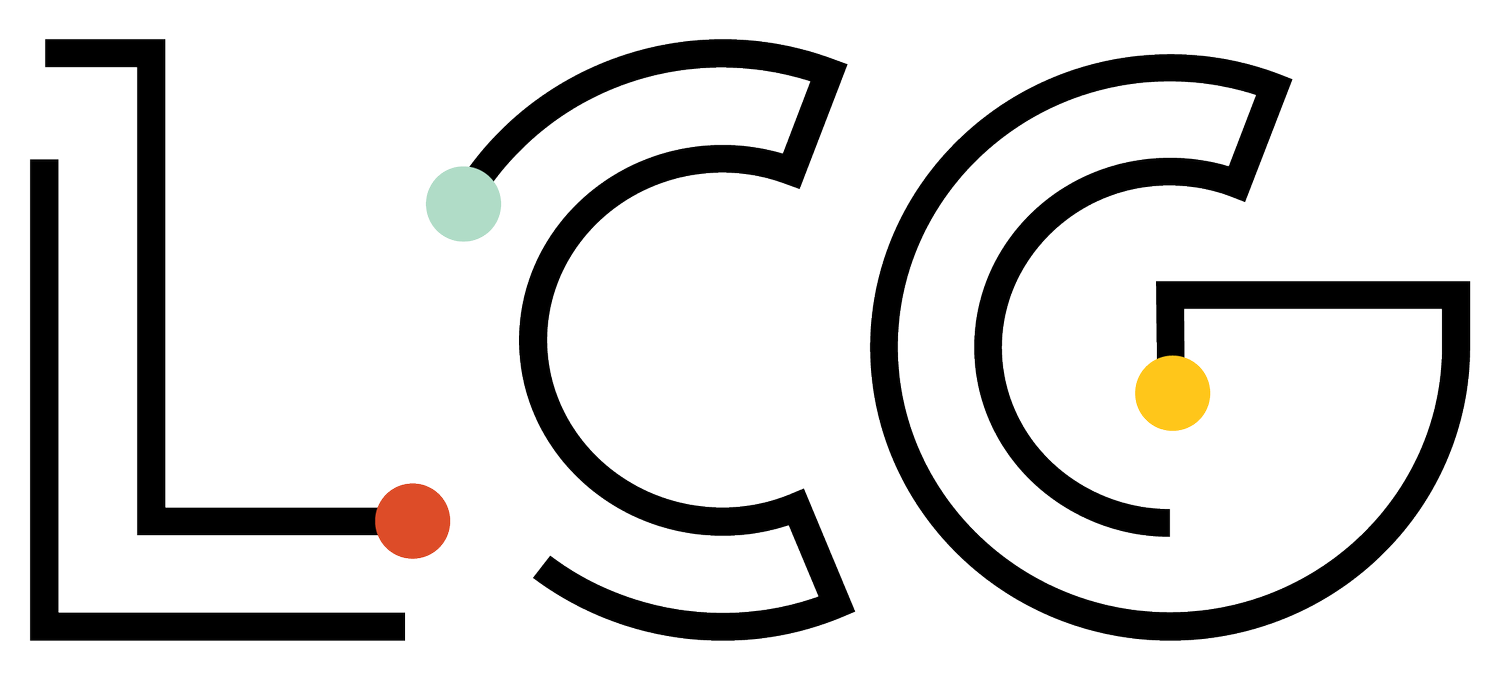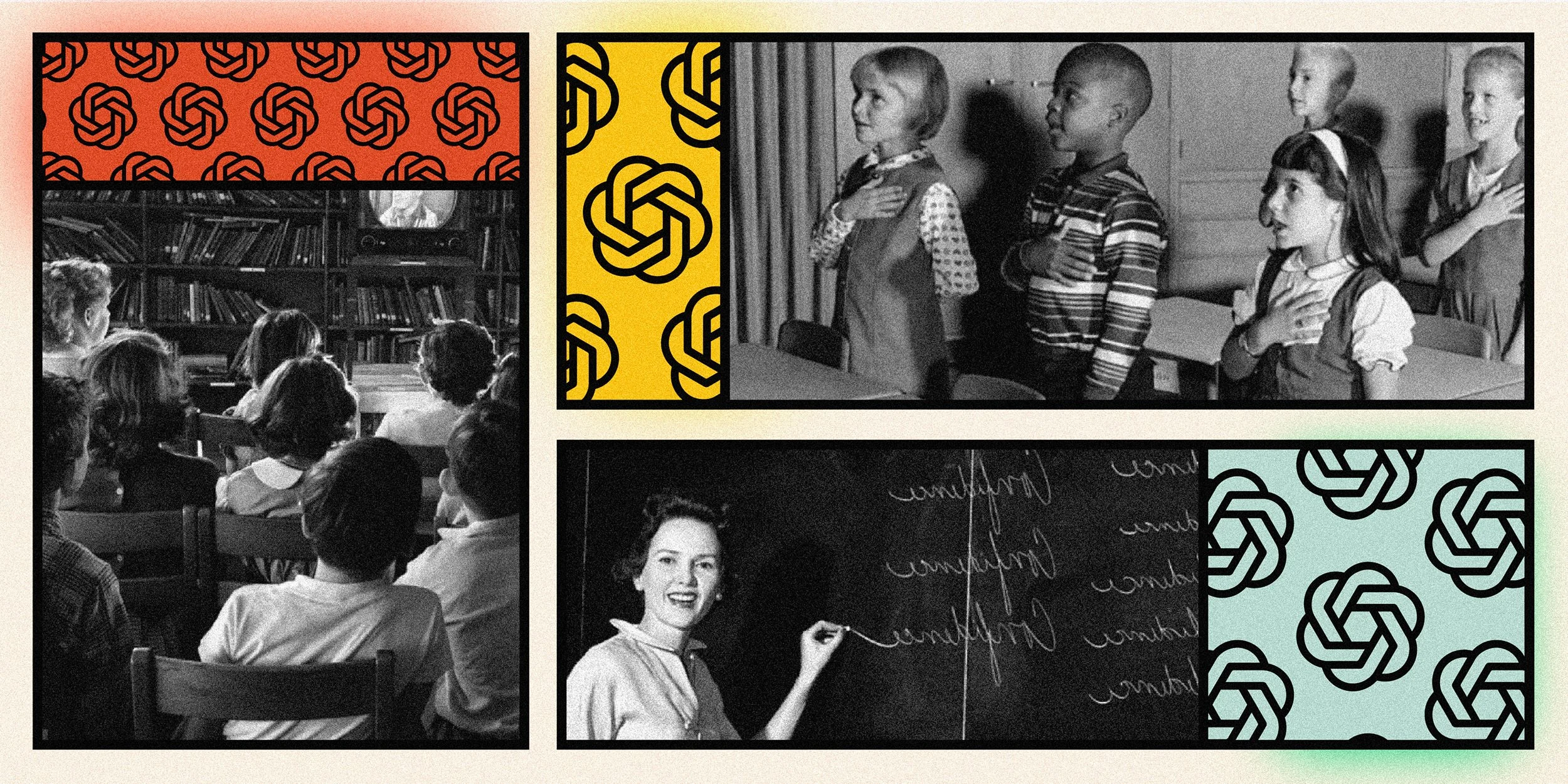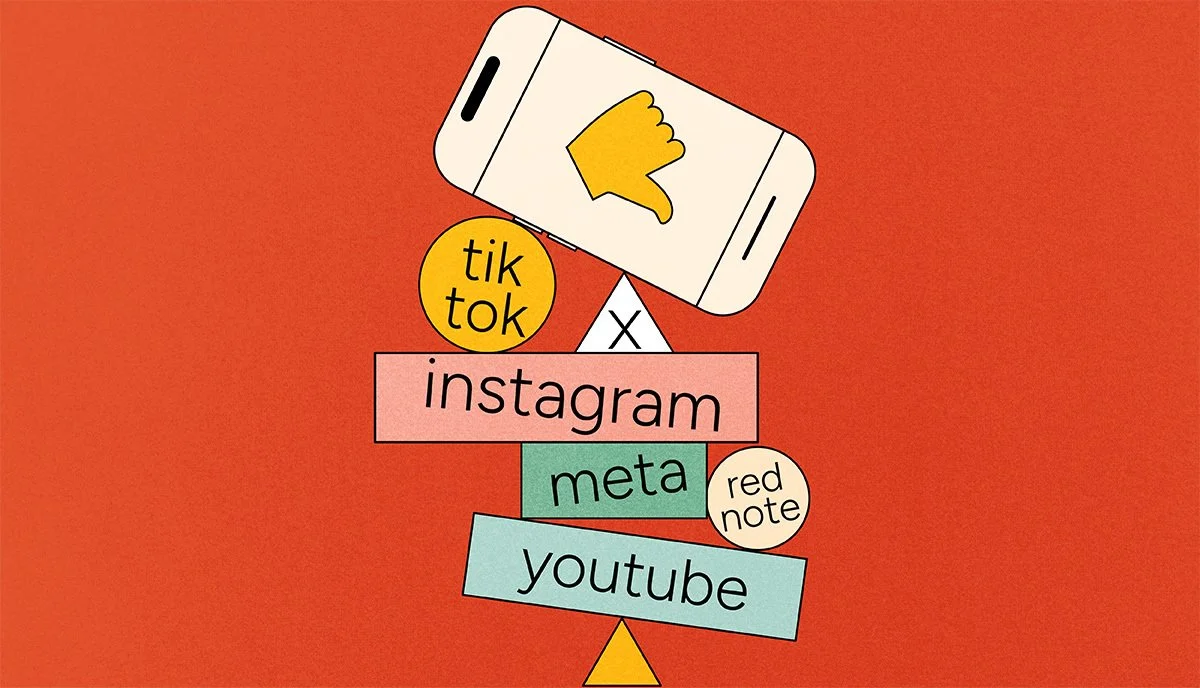Volume 49
The days right after Thanksgiving always feel like a pause to me. A moment when the world gets a little quieter and you can finally hear your own thoughts again. By now, many of us may have had some meaningful time with family and friends. And if you’re anything like me, you may feel that mix of joy and a little exhaustion from the whirlwind of things. This is usually when gratitude settles in for me. In those simple moments of quiet. I take a moment to reflect on what I have, who I have in my life, and what I’ve navigated through this year.
And make no mistake, this year has been a lot. Education has experienced some of the fastest and most significant changes I’ve ever seen. Budget cuts. The Department of Education being dismantled. States and federal budgets trying to find their footing. AI bleeding into every single work stream. Things are moving quickly, and that pace is not slowing. Change feels like the only constant we can count on right now.
Many religions and philosophies talk about change. One I come back to often is the Buddhist idea of impermanence. The reminder that every moment is new, and nothing ever stays the same. I think the irony for so many of us is that we try so hard to make things that are always changing stay still. We try to control them. We convince ourselves they won’t shift, even when we know they will. But when you accept that change is constant, it becomes less scary. There is a calm in knowing it and that acceptance creates agility. You stop being hit by change in a reactive way because you already expected it to show up.
So how do we get ahead when everything around us keeps shifting? We plan, but we plan with change in mind. We make our plans flexible so they can move with us instead of against us. At LCG, we launched our 6th annual EdTech Marketer’s Planner because planning with real alignment to your organization’s goals and capacity will help you avoid feeling like you’re running upstream. And if anyone thinks 2025 was a fluke, it wasn’t. These changes will continue to compound. The organizations who stand out next year are the ones who will show up consistently and tie their work directly to what their organization cares about most.
We are sprinting into the last month of the year, and even though it will be a short one for many of you, my advice is to not coast. Use this time to end strong and get ahead on the things that matter so January doesn’t feel like someone dumped a jug of cold Gatorade over your head the minute you walk back in the door.
But before you do anything else this weekend, I hope you choose one thing that will give you the boost you need to finish this year feeling steady and grounded. One thing just for you (it can be very small or go big!). When you take care of yourself, everyone you support feels that energy.
If you want to share, reply and tell me what your one thing is. I would truly love to hear it.
With gratitude,
Elana
A Free Resource to Plan for 2026
Our 2026 EdTech Marketer’s Planner brings together the key events, school touchpoints, and planning guidance that help marketers stay timely and intentional throughout the year. Download it before it goes away!
Just launched
Key Takeaways from our EdWebinar on LinkedIn for Education Leaders (LinkedIn Newsletter)
Landing Pages, Leads, and RFPs: A Practical Guide for EdTech Growth (podcast)
[Popular] Level Up Your Education Brand on LinkedIn: A 3-Step Strategy That Works (blog post)
[Popular] Hit Send Anyway: Finding Confidence and Connection in Your Emails (podcast)
[Timely] Gift Guide for Educators (download)
EdTech Good News
At Buffalo Hide Academy, educators created a heavy metal class to support students after a tragic wave of youth suicides. The course blends music history, emotional resilience, and Indigenous identity to help students process grief and express themselves through sound.
The impact is already clear. Students formed bands, took internships with a new metal festival on Blackfeet land, and built a space where they could show up for each other.
Marketing & Education Must Reads
Marketing
Inc. on Thought Leadership Fatigue: Audiences are tuning out content that feels generic or self-serving. To stand out, thought leadership needs to offer real perspective, not just reheated takes dressed up as insight.
Social Media Today on 2026 Predictions: Social is moving fast, but some trends are clear. Expect more niche communities, stronger privacy controls, and rising demand for authenticity on every platform.
Andy Crestodina on Better CTAs: Want more clicks? Swap generic phrases for clear, specific language that matches what your audience actually cares about.
Richard van der Blom on LinkedIn Myths: Not everything you’ve heard about the LinkedIn algorithm is true. This post clears up common myths and offers data-backed tips to improve reach and engagement.
Email Marketing Heroes on Common Pitfalls: The guide flags the habits that tank performance, including vague subject lines, unclear CTAs, and overstuffed messages, and pushes marketers to focus on clarity, relevance, and reader trust.
Education
EdTech Insiders on the New Education Economy: Education is no longer just a public good. This piece explores how emerging models, tools, and funding streams are reshaping the business of learning.
Culture of Yes on AI and Educational Leadership: The OECD’s new framework argues that leaders should hand off routine tasks to AI so they can focus on the human work that drives schools forward, including judgment, relationships, and culture.
EdWeek on Immigrant-Education Impact: Chicago teachers in immigrant communities describe how recent U.S. ICE raids are creating fear and trauma among students, shifting classroom leadership toward emotional and community care.
District Administration on AI for Teachers: OpenAI is rolling out a free version of ChatGPT built for educators, giving teachers guided lesson support, classroom resources, and safer guardrails while districts continue to navigate fast-moving AI adoption.
SETDA on Title II A: The brief underscores that sustained, high quality professional learning is one of the strongest levers for improving teaching and student outcomes, and it lays out why federal Title II A funding remains essential for keeping that work viable for districts.
GovTech on EdTech Week: Leaders want tools that solve real problems, integrate cleanly with existing systems, and come with strong implementation support, making clear that trust and usability carry more weight than flashy features.
Bonus (feel good story)
Bronx high school students turned a local bodega into a fully designed escape room, showing how hands on creativity can strengthen community pride and real world problem solving.
We dare you to not look at this reel from Monroe Local Schools and smile.



























